3 Wind Window Behaviors You Might Not Know About
Ever noticed how certain factors can quietly influence your kite’s behavior while kitesurfing?
If you’ve had a proper kite surf lessons in Dubai, you’re probably familiar with the basics of the wind window. It’s a core concept that helps you understand how to steer your kite. But while most kiters get the general idea, there are a few nuances that often go unnoticed and can really affect your ride.
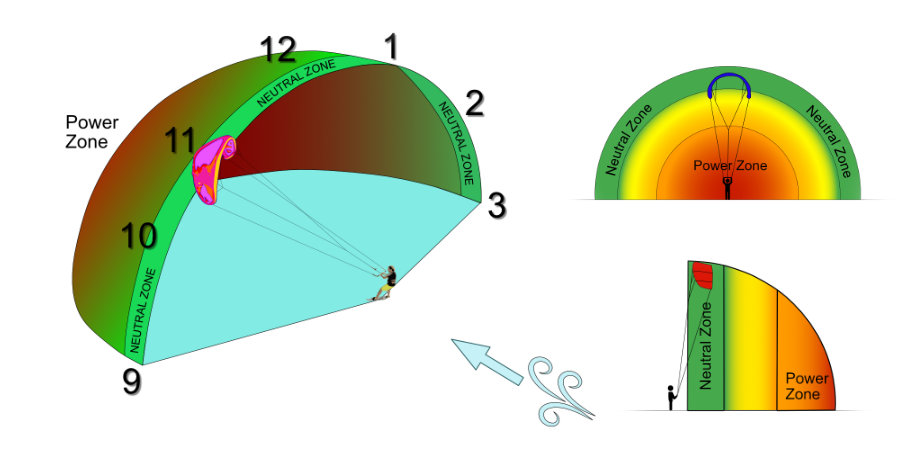
Yes, we all know that the wind window’s orientation and size changes depending on the wind direction and the length of your lines. But did you know there are a few other factors that can subtly change things up?
Here are three factors that deserve your attention:
- Wind strength
- Ground roughness upwind
- Apparent wind
1. Wind Strength
The strength of the wind doesn’t just change how your kite feels; it also alters the wind window itself. When the wind is light, the power zone tends to shrink while the neutral zone gets larger, which can cause your kite to sit further back in the window.
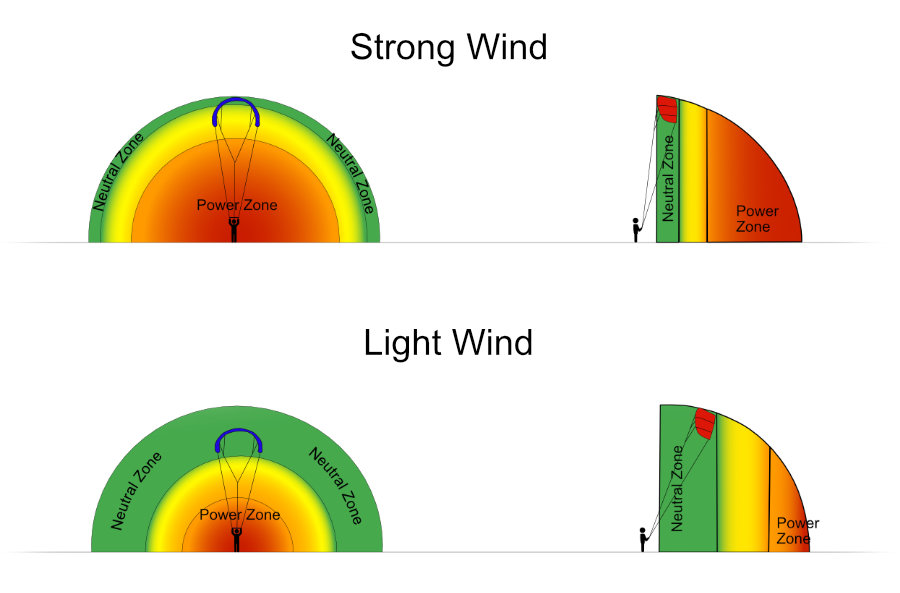
In stronger winds, the opposite happens—the power zone expands and pushes the neutral zone forward, causing your kite to sit further ahead.
This shift directly impacts how you handle your kite. You’ll need to adjust your movements depending on how the wind window is behaving, making sure you’re getting the right amount of power for your session. Usually lighter the wind the kite feels less responsive and you don’t feel much tension on the steering lines making it a bit hard to control the kite especially for beginners as they don’t much feeling of the tension on the bar.
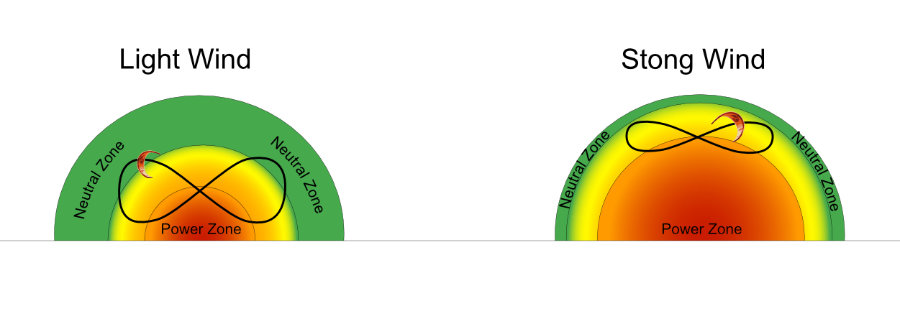
2. Ground Roughness Upwind
This one is especially important when you’re launching. If there are obstacles upwind—like trees, buildings, or even just uneven terrain—it can mess with the wind window, lifting its lower parts and creating dead zones where the wind doesn’t reach. In these cases, your kite might need to be lifted higher to catch the wind properly. This is mostly happens when the wind is blowing offshore or cross offshore. This is the case for us when Kite surfing in Dubai when the wind is blowing from East, South East and North East. The wind tends to be very gusty and making the kite become very unstable.
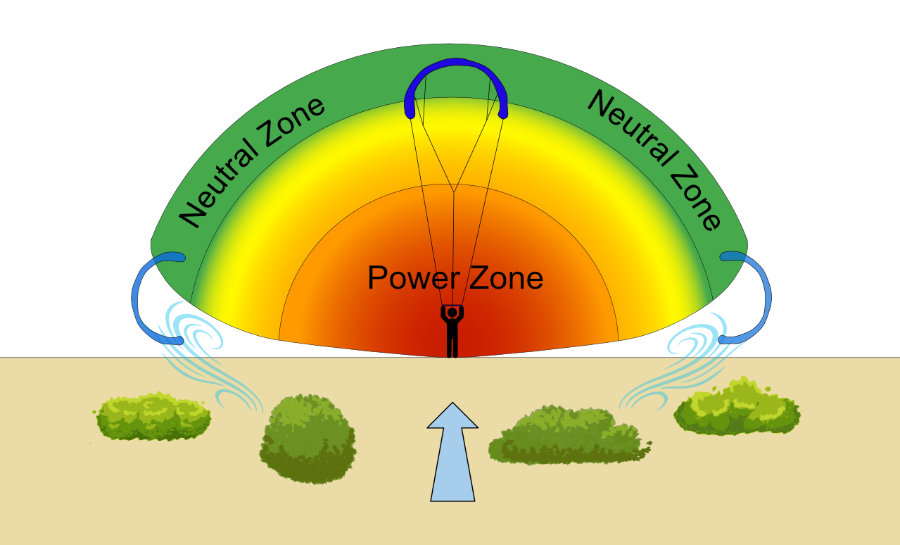
This effect isn’t limited to land. When you’re out on the water, big waves or obstacles can block parts of the wind, too. To avoid turbulence, it’s usually best to keep your kite flying a bit higher, so it stays in the smoothest part of the wind window. That the main reason why our kite surf lessons in Dubai are limited to wind direction that are not Offshore.
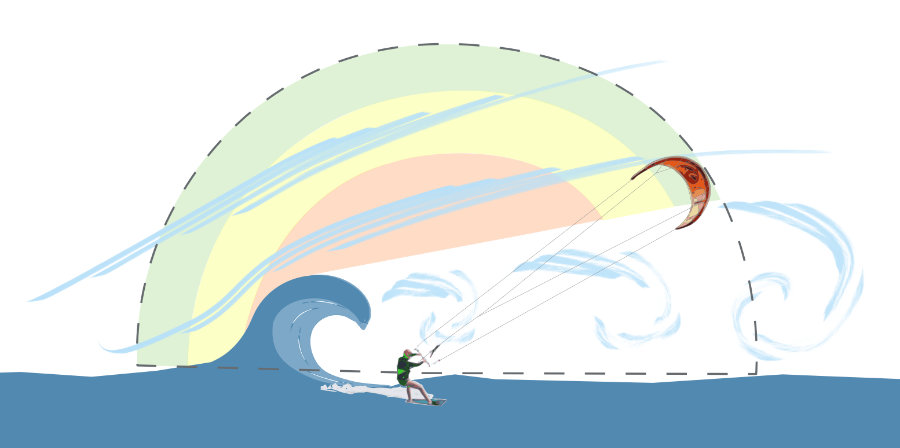
3. Apparent Wind
Apparent wind is a concept that comes into play in all wind sports, and kitesurfing is no exception. Essentially, it’s the wind you feel when you’re moving, which combines the real wind with the wind created by your movement. This apparent wind changes the pressure on your kite’s canopy, giving you more power.
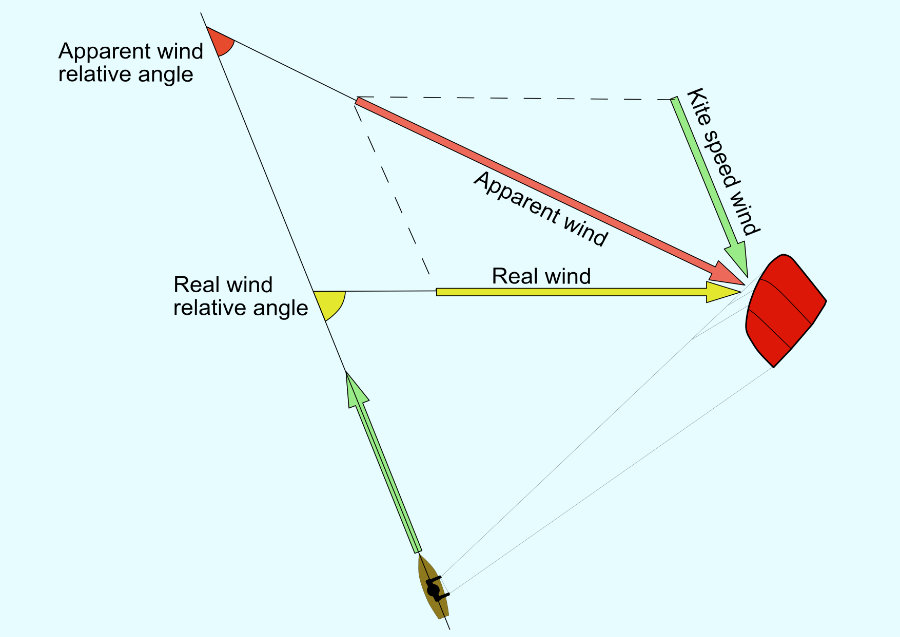
As the apparent wind shifts, so does the wind window. You’ll notice this most when you’re riding and then suddenly stop, like when you fall. The kite will move forward to find its new neutral position.
While this might not drastically change your session, it’s worth noting. A lot of people think their kite stays deeper in the power zone when they’re moving, but what’s really happening is that it’s finding balance in the new apparent wind window, benefiting from the stronger wind component.
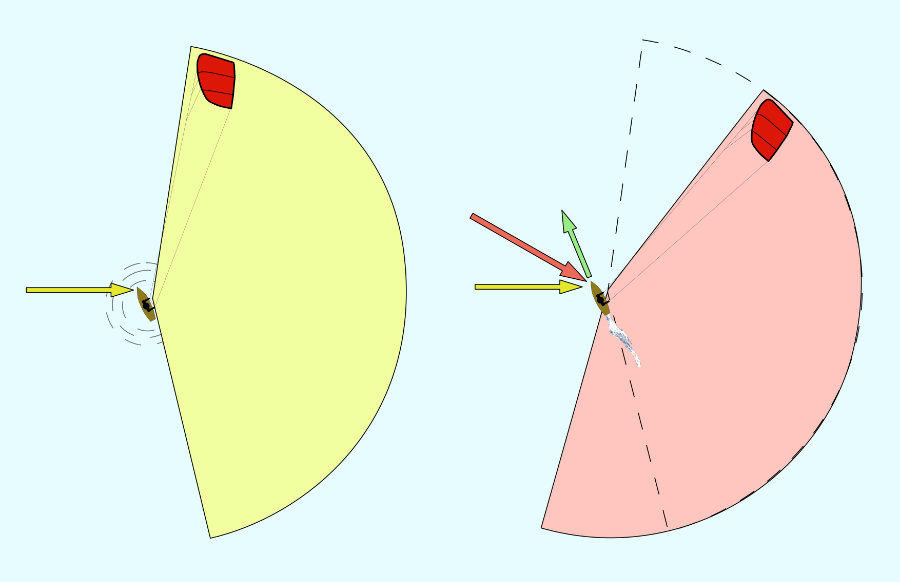
Keep this in mind when riding near obstacles. If you suddenly stop, your kite might shoot forward in a way you didn’t expect. During your kite surf lessons in Dubai with us you will be having plenty of details regarding the apparent wind.


